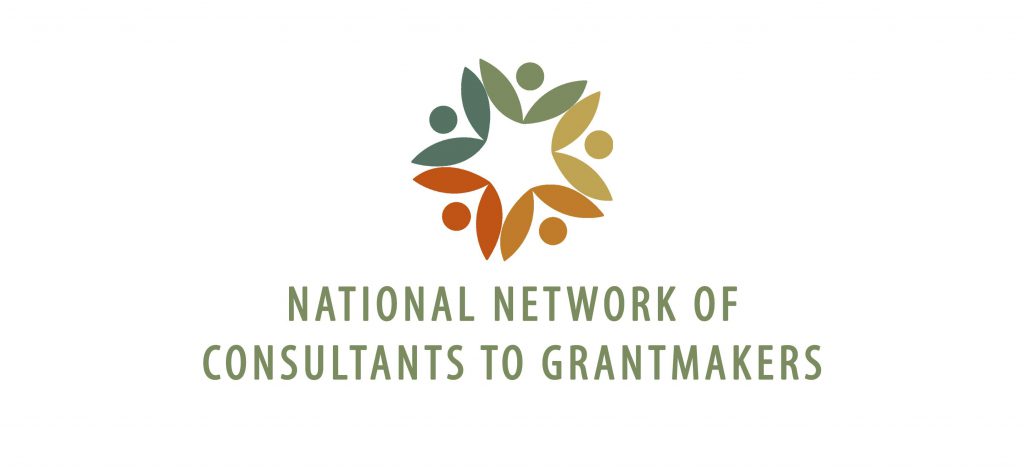April 10, 2019 – This is a guest post by NNCG member Sharmila Rao Thakkar. It was originally published Oct 30, 2018 by Foundant Technologies, and is reposted here with permission.
When I started consulting a few years ago, I knew it could mean that taking on different projects would allow me to sometimes go deep on a variety of issues I care about and other times move on before getting to experience the ideal result. Often as funders (a former full-time role of mine) and consultants, we’re distant from the work on the ground and it seems easy for us to stand up, out and above to advise on what should be done, how it could be done, whom should be involved, when, where, etc.
Over the last year, I’ve never been more inspired by what funders and nonprofits (many under the radar), holding up and lifting up our communities, are doing together. Specifically, I’ve been privileged to hear wonderful stories about how funders and nonprofits alike have grown and learned from each other by listening, showing up, partnering through shifting mindsets, embarking on new strategies, implementing innovative (and for some streamlining) processes to not only enhance their own efforts but collectively that of the other.
Check out this educational webinar I recently had the privilege of moderating> Funder-Grantee Relationships: Getting to Impact Together
In essence, I’ve been reminded of how much the heart and mind matter in our philanthropy. And it’s just what we need sometimes when we’re buried in the weeds of the work – to look up and see the light.
This past year, I’ve had the pleasure of working closely with the staff at Foundant Technologies, and their nonprofit and funder clients to explore how we can work better together to build the capacity of the philanthropic sector. Through discussions on implementing best practices in data collection and evaluating impact – intentional candid communications, aligning priorities, and developing positive long-lasting relationships came up repeatedly as critical elements, resonating throughout each and every interview and conversation.
If there’s one thing I’ve learned over the years of working with and on behalf of nonprofits and foundations, it’s that successful programs, positive outcomes and ongoing support rely on the investment in and value of the relationships we nurture, especially through the often unpredictable shifts and challenges in the sector.
Experiencing both sides of this work as funder and nonprofit, and in my current supporting role, some key tenets stand out:
- No matter where we are in our program planning or funding journey – just starting out or wanting to do it better or differently — learning from and with each other is critical.
- Aligning on purpose (mission/vision/values) of programming, funding, and impact and simplifying goals and processes is not only step 1 but step 5, 10, 15 … steps to continually revisit and repeat in our work.
- A desire to do good isn’t enough. We have a responsibility to understand and assess capacity and resources, and then be clear about the role we’ll have. Making sure we’re not burdening another in the process is key.
If you don’t have it and need it – consider leading and funding it; you may have the resources to make it happen.
- Thoughtful, early and often – that’s the kind of communication to model. Ask thoughtful questions before, during and after. Take a critical look, have the courage to ask if this is really working the way we thought, and make a change if it’s not.
- Identifying best practices that match collective goals must be part of the process. I advise leaders looking to start a new initiative or new nonprofit that we should start with a needs assessment, field scan and landscape / “other players” analysis to avoid reinventing the wheel and duplicating successful efforts but also to help inform direction and priorities. Sometimes it may make sense to consider partnering or merging efforts before starting anew. Either way, we want to ensure we’re bringing in best practices from the start.
- If we’re bold enough to take on doing the hard work, then we’re already taking risks. We also need to embrace flexibility and welcome failure. If something isn’t working, change it or get rid of it. Accepting, actually expecting(!), flaws, mistakes, and resets or do-overs and learning from them to enhance and improve can open us to new and different ways of doing things.
- Prioritizing collaboration and learning together with a commitment to share results and lessons learned is a trait and strength that sets many apart. Valuing continuous improvement sends a message that we are ready for challenges along the path to success. This not only helps our immediate efforts, it benefits the whole sector. For some, this is a process plus culture shift.
Philanthropy is a deeply personal journey. It does not end, and we do not have all the answers when we start out. I’ve found this through my own development in leadership and in philanthropy. Thoughtful, caring, intentional, positive relationships are built on principles of respect, empathy, accountability, transparency, trust, flexibility, patience and empowerment.
Taking a moment to put yourself in another’s place often gleans unimaginable insight. We must keep the bond to each other strong and continually ensure we are aligning with our core values. Moving from the intuitive (doing what we are used to doing or think we know from learned habits) to the intentional (seeking new knowledge and being thoughtful about our impact on others and the work) can help us do more, better, together. And with leaders like I’ve encountered through this initiative, we’re headed in the right direction.

